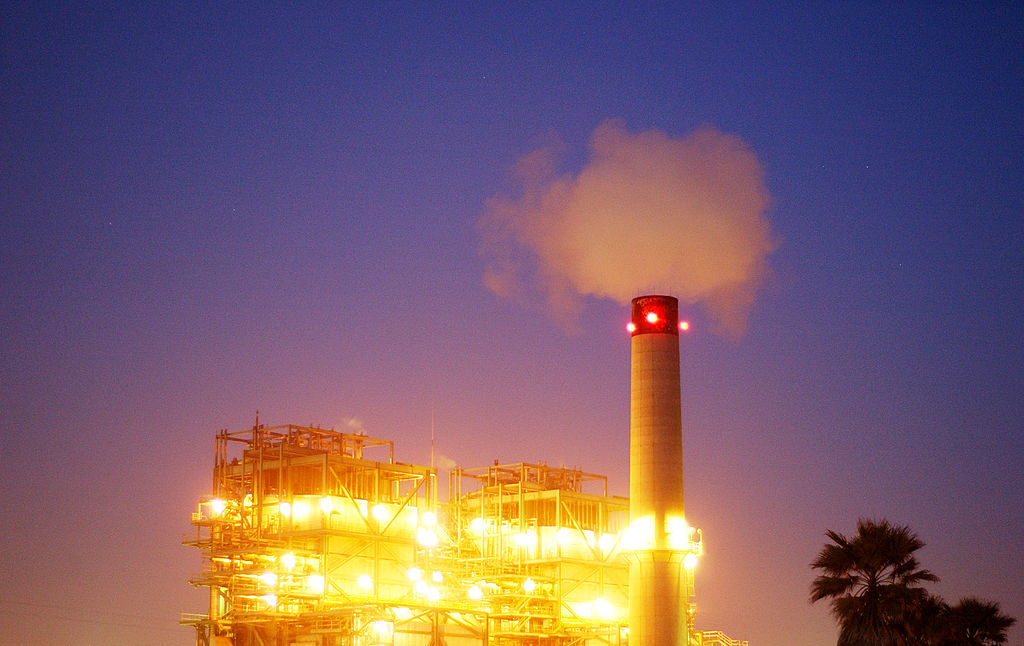California boasts some of the highest utility rates nationwide, with recent statistics revealing Golden State residents pay more than twice the national average.
As of July, the average national electricity rate is 17 cents per kilowatt hour, while in California, residents are paying 28 cents in Los Angeles, 35 cents in San Francisco, and 48 cents in San Diego, according to the U.S. Bureau of Labor Statistics.
“We are in California, bearing this tremendous burden financially, to model good climate behavior. And it doesn’t do anything,” Susan Shelley, a columnist with the Southern California News Group and a long-time writer on California’s energy-related issues, said in a recent interview on EpochTV’s “California Insider.”
In 2018, the state Legislature passed a bill mandating California to achieve carbon neutrality by 2045. The drive behind this green energy transition is climate change, according to the California Environmental Protection Agency.
However, Ms. Shelley said the impact of such an effort by the state is almost negligible on the global climate.
According to a 2022 California Air Resources Board report, the state emits around 370 million metric tons of greenhouse gases annually, accounting for less than 1 percent of global emissions.
“The whole state could shut down, and it would make no difference to the global climate,” she said.
And such goals create a heavy financial burden on the people, Ms. Shelley said.

A worker installs solar panels during the completion phase of a 4-acre solar rooftop atop AltaSea's research and development facility at the Port of Los Angeles, in the San Pedro neighborhood, in Los Angeles on April 21, 2023. (Mario Tama/Getty Images)
Recent data from the U.S. Energy Information Administration indicate that between June 2022 and June 2023, Californians, on average, experienced an electricity rate hike of approximately 19 percent.
Ms. Shelley suggested that the rise in rates may be attributed, in part, to what is known as supply-demand disparity, which has been exacerbated by the increasing sales of electric vehicles and other electric equipment.
According to the California Energy Commission, in 2022, EVs constituted 20 percent of the state’s new vehicle sales, a nearly 200 percent increase compared to five years ago, and were 40 percent of EV sales nationwide.
But the escalating demand for electricity is also increasing the likelihood of brownouts and blackouts, she said, prompting the state to sometimes encourage residents to reduce usage.
“What they’re trying to do is force people to use electricity at a different time of day, when there’s more solar energy, which doesn’t help you when you come home from work, and you want to charge your car and run your electric appliances,” she said.
As a result, she said, the state is going to move toward what she called “demand response,” where residents will use less electricity due to pricing or rolling blackouts, when utility companies intentionally shutdown power over different parts of the state’s electric grid to avoid a total blackout when the demand for electricity exceeds capacity.
She additionally said relying heavily on solar energy is not realistic, given that peak demand often occurs when it is not available, after the sun goes down.
“It’s a fantasy. … We can only go to 100 percent renewable if it’s [always] summer and never night. And I don’t think we’re on that planet,” she said.
Currently, about 35 percent of electricity is generated by renewable sources, including solar and wind energy, according to the California Energy Commission.

Susan Shelley, a columnist with the Southern California News Group and a long-time writer on California’s energy-related issues, in an interview aired on EpochTV’s “California Insider” on Aug. 30, 2023. (Taras Dubenets/The Epoch Times)
Besides reducing electricity use, the state is also pushing to close its nuclear and gas-powered plants.
Since 2009, the number of gas-powered plants in California were reduced from 19 to three due to various reasons, and the last three were originally set to shut down in 2020, according to the California Energy Commission.
However, the commission approved two three-year extensions, with the latest one granted in August, citing the need for emergency preparedness.
Ms. Shelley criticized such last-minute extensions as also one of the reasons electricity rates are rising.
“By law in California, utilities have to sign 10-year contracts with solar and wind providers. ... [But] they can’t sign a 10-year contract with the gas-fired electricity generating companies. So, there’s no long-term contract. You have to have long-term contracts in order to have stability—stability of supply, stability of price,” she said.
In March, federal regulators granted an exemption, at the request of Pacific Gas & Electric, allowing California’s final nuclear power facility, Diablo Canyon, to keep running amidst the state’s challenges with electricity shortages.

Aerial view of the Diablo Canyon Nuclear Power Plant which sits on the edge of the Pacific Ocean at Avila Beach in San Luis Obispo County, Calif., on March 17, 2011. (Mark Ralston/AFP via Getty Images)
According to the California Energy Commission, the two remaining reactors at the plant—located in San Luis Obispo County on the Central Coast—generate approximately 9 percent of the state’s electricity.
Now, the first reactor is licensed to operate until November 2024, while the second is authorized until August 2025.
The cost for these extensions, Ms. Shelley said, will show up in Californian’s electric bills due to the absence of long-term contracts that offer price stability.
“We really should be realistic in what we’re doing, that’s hurting us, hurting our economy, hurting job creation, [and] hurting us in the cost of living,” she said.

















